Essence of Srivaishnavam Practices

NAVRATRI (DASARA) & VIJAYA DASAMI FESTIVAL CELEBRATIONS
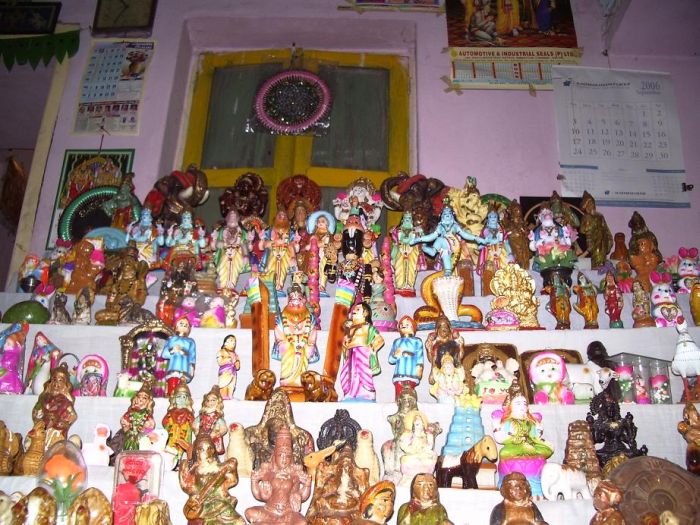
By
TRS IYENGAR
Srivaishnavites in general observe the Navaratri, well known Dasserah (Dasara) festival, as an opportune time to mingle with one another, exchange views, cultural, literal and what not! In all these nine days, they women visit each others home, finely decorated with choicest handicrafts, toys and arrange it in a neat way, which attracts attention. This is the modest way for them to prove their imagination, skill and theme vision. Also, they take pride in proving their talent, viz.; preparations for the function, recitals, Music – instrumental & vocal; they used to dress in choicest costumes and attire, that give them a chance to prove the world of their beauty. This social gathering, celebrated mainly by women and girl children is meant to prove their merits; A lots of marriage proposals made during these time around, just simply by visiting one another’s home, they get to know each other, socialize in a free way and exchange views. The significance of this Navaratri festival just cannot be ignored as a routine ritual, but it has a lot more inner meaning and refreshing Lifestyle matters that are embedded in the celebration in itself!
In the olden days, they used to exhibit all sorts of toys, made of clay and wooden, arrange them in a way that looks like a model village or town. This way, a housewife’s imagination and talent is illustrated. This exhibition is known as Kolu in Tamil and Koluvu in Telugu. Mostly, in all parts of the South India, (held for full Nine nights – known as “Navaratri”) these Kolu type exhibitions take place. There is a lot more to it rather than just seeing these exhibits. In real terms, it provides a relaxing mood for women and children, an opportunity to freely go to others home to take part in the Kolu, Sing their favorite songs thus proving their ability. Also, this type of get-together provides ample scope to understand each other’s talent and might even lead to sort of marriage alliance. In psychological terms, it is purely a refreshing time for women and children in general and girls of marriageable age in particular.
Though, this Navaratri Festival is celebrated all over India, different part of it makes a different way of celebration – but the Name and Aim are the same! Here is an interesting reading from Dr. Satyavati Kandala, a well-known Sanskrit professor from the Vedanta Society and at the International Society of Divine Love in Los Angeles, California.
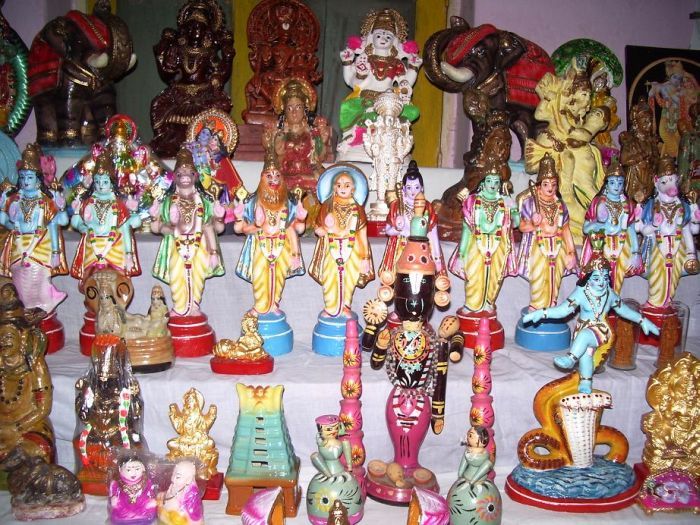
NAVARATRI – DASSARA – by Dr. Satyavati Kandala
Navaratri (Nine Nights) is one of the greatest festivals of India. This festival is celebrated for nine days, (Oct 14 to 22nd) in which God is worshipped in the form of Mother. Divine Mother (Shakti) represents Prakriti, counterpart of Purusha jointly making possible the creation of the world according to the religious ideology of Goddess Worship. According to Vedic scriptures (The Daksha Yajna) that Lord Vishnu had to cut the body of Sati into pieces to stop the destruction of Shiva who was perturbed by her death. At fifty-two places these pieces fell. (See the special attachment) They are called Shakti Pithas. Through out India this festival is celebrated.
The beginning of summer and the beginning of winter are two very important junctions of climatic and Solar influence. Vasanta Navaratri in spring season and Sharada Navaratri in Autumn Season are taken as sacred opportunities for the worship. The Rama Navaratri indicates them respectively in the month of Chaitra (April-May) and the Durga Navaratri in
the month of Aswayuga (September-October)
The bodies and minds of people undergo a considerable change on account of the changes in Nature. This is a period of introspection and purification. Navaratri is traditionally an auspicious time for starting new ventures.
Durga Pooja or Navaratri commences on the first and ends on the tenth day of the bright half of Aswayuja .It is held in commemoration of the Victory of Durga over Mashishasura, the buffalo-headed demon (who symbolizes Ego with in us).
In Bengal Durga Pooja is a great festival. Goddess Durga Image is worshipped for nine days and then cast into water. The tenth day is called Vijaya Dashami. According to Puranas the Mother of Durga (that is, the wife of the king of the Himalayas) longed to see her daughter Durga. Durga was permitted by Lord Shiva to visit her beloved mother only for
nine days in the year. The festival of Durga Pooja marks this brief visit and ends with the Vijaya Dashami day, when Goddess Durga leaves for Her return to Mount Kailash.
Durga Pooja is the greatest Hindu festival in which God is adored as Mother. Hinduism is the only religion in the world, which has emphasized to such an extent the mother hood of God. One’s relationship with one’s mother is the dearest and the sweetest of all human relations. Durga represents the Divine Mother. She is the energy aspect of the Lord.
Navaratri symbolizes different things in different regions besides the worship of the Mother Goddess. Ayudha puja (worship of whatever implements one may use in one’s livelihood. This is an expression of gratitude to God for helping one too fulfill one’s duties) and Bommala koluvu in Southern India and Rama Lila in North. Graba or Dandiya in Gujarat.
Navaratri is also called Dasara (Dasha Hara), which means the cutting the ten heads of Ravana (who signifies the demon Ego). The story of Sri Rama is known in almost all parts of the globe. Navaratri highlights the principles elucidated by the Ramayana. (Ramayana Navaahnam reciting the whole Ramayana in Nine days is a special feature observed these days.
The Following are the regular features of this Navratri (nauratri) festival:
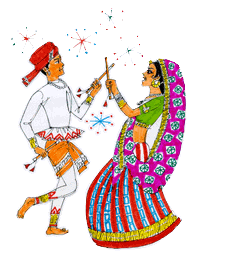


A special ritualistic worship of the Mother Durga; this includes the recitation of Durga Saptashati or Devi Mahatmaya.
Recitation of Lalaitha Sahasrnama or Durga Sahasranama (Laksharchana 100,000 times to repeat the name of the Divine Mother)
Devotees are exhorted to do the maximum number of Japa of the Navaarna Mantra AIM HREEM KLEEM CHAAMUNDAAYAI VICHHE or the Mantra JAI SHRI DURGA.
Some devotees observe fasting with milk and fruits only on all these nine days or at least three days. Visiting Temples and participating in-group chanting and seeking the blessings of the Divine Mother is the common feature in all these nine days.
Let us celebrate Dasara in the right spirit by making honest efforts to destroy the demon Ego, the ten headed i.e. passion, pride ,anger ,greed, infatuations, lust, hatred, jealousy, selfishness and crookedness) and radiate peace and love wherever we go, and get the blessings of the Divine Mother.
Three aspects of the eternal smother has been depicted in this Devi Sapta Shloki -The Goddess Lakshmi represents Iccha shakti (wealth) Goddess Saraswati represents Jnana Shakti (knowledge) and Goddess Kali represent Kriya Shakti (strength). All three merge in one form as Durga.
The glory of Durga is described in Markendeya Purana,. It is known as Devi Mahatmyam or Durga Sapta sati (700 Mantras). Allegorical representation of the constant war going on within all of us— between our divine and demonic natures. In the Saptasati legend every dominant passion and vice has its special Demon representative. Shumbha is the embodiment of Lust, Nishumbha is Greed and Mashishasura represents Anger.
We celebrate Victory of Good over the evil. Durga sapta shloki (the seven mantras) is the essence of the Durga Sapta sati (seven hundred mantras). It is very powerful to achieve Health, wealth and education.
Bija Mantra of Goddess Durga is to be recited silently for meditation.
Om hréà çréà kléà durgati näçinyai mahämäyäyai svähä ||
çré durgä sapta çloké ||
om asya çré çré durgä sapta çloké stotra mantrasya näräyaëa åñiù
anuñöubh chandaù çré mahäkäøé çré mahä lakñmé çré mahä sarasvatyoo devatäù
çré durgämbä prétyarthaà sapta çloké durgä päöhe viniyogaù
1. om jïäninä mapi cetäàsi devé bhagavaté hi sä
balädäkåñya mohäya mahä mäyä prayachcati ||
2. om durge småtä harasi bhéti maçeña jantooù
svasthaiù småtä mati matéva çubhäà dadäsi
däridrya duùkha bhayahäriëi kä tvadanyä
sarvopakära karaëäya sadärdra cittä||
3. om sarva maìgaøa mäìgalye çive sarvärtha sädhike
çaraëye tryambike devi näräyaëi namostute ||
4. om çaraëägata dénärta pariträëa paräyaëe
sarvasyärti hare devi narayaëi namostute ||
5. om sarva svarüpe sarveçe sarva çakti samanvite
bhayebhyaù trähi noo devé durge devi namostute||
6. om roogänaçeñä napahaàsi tuñöhä
ruñöätu kämän sakalän abhéñöhän
tvä mäçritänäà na vipannaräëäà
tvä mäçritä hi äçrayatäm prayänti||
7. om sarva bädhä praçamanaà trailokya syäkhileçvari
evameva tvayä käryaà asmat vairi vinäçanam ||
om çantiù çantiù çantiùhi
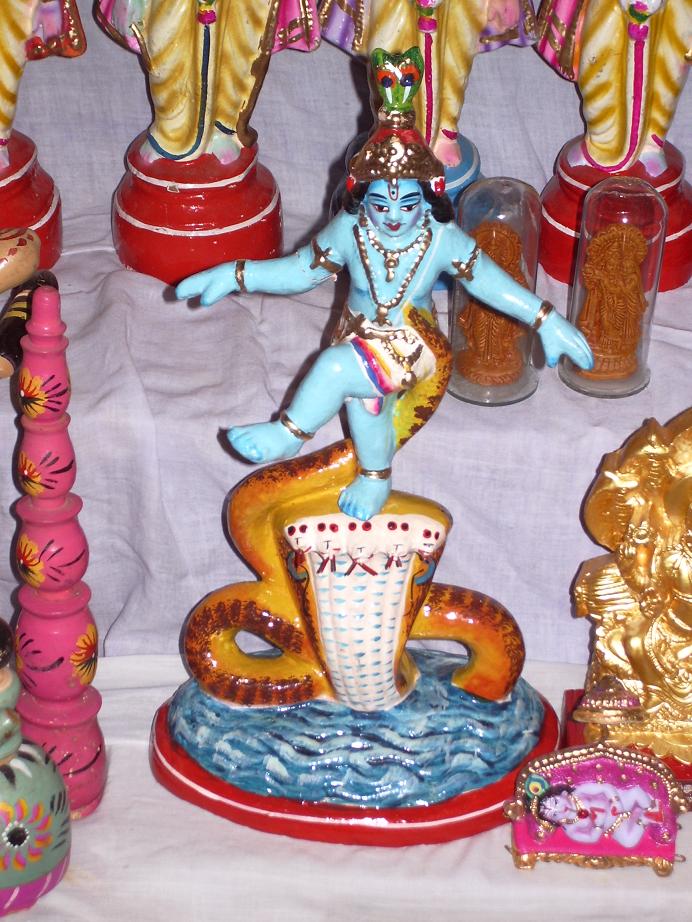
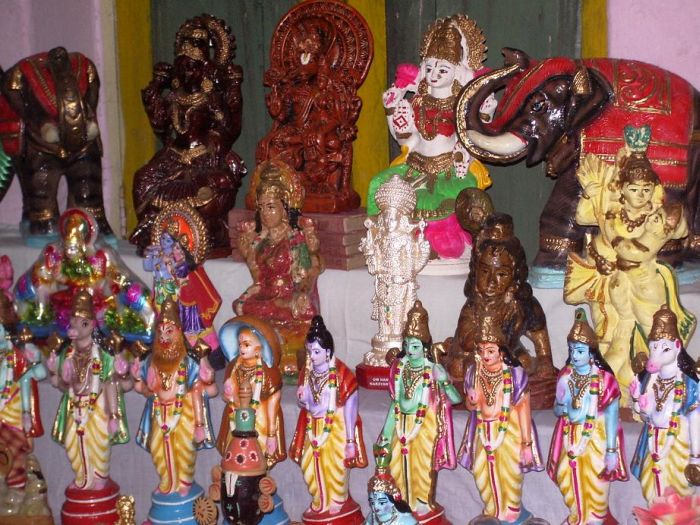
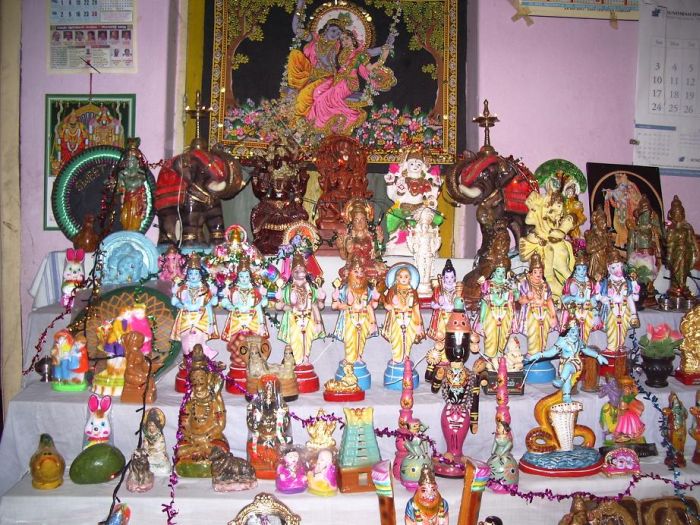
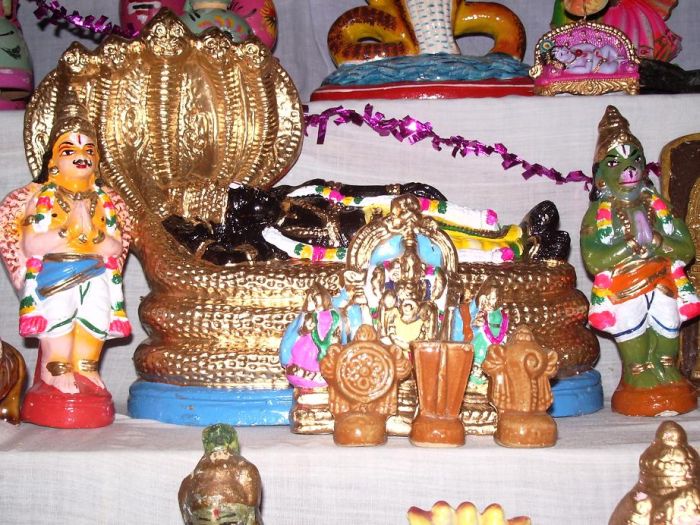
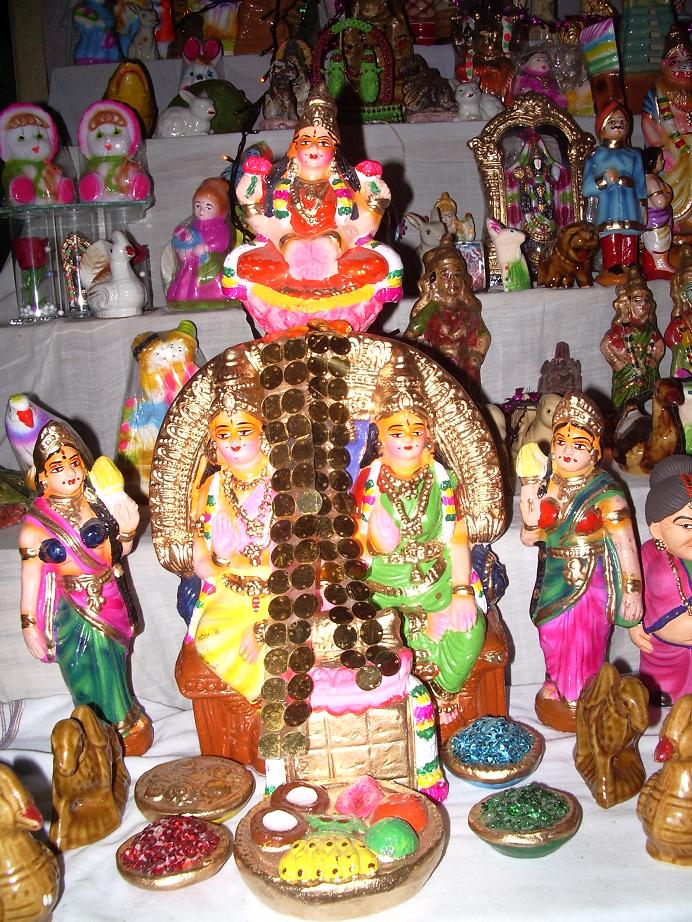
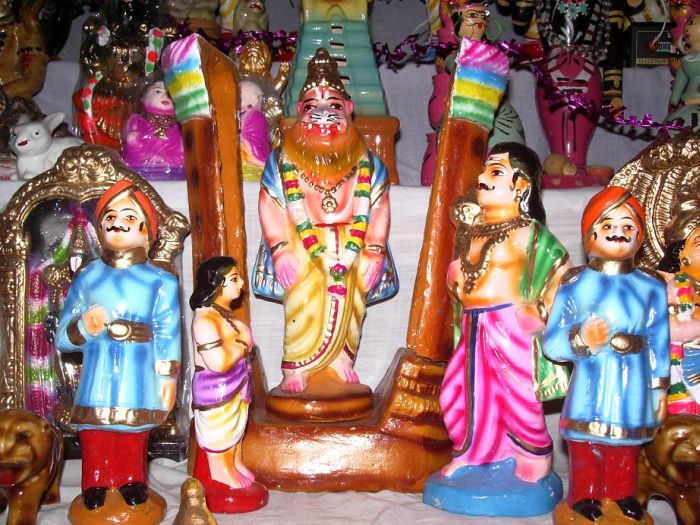

Leave a Comment
You must be logged in to post a comment.